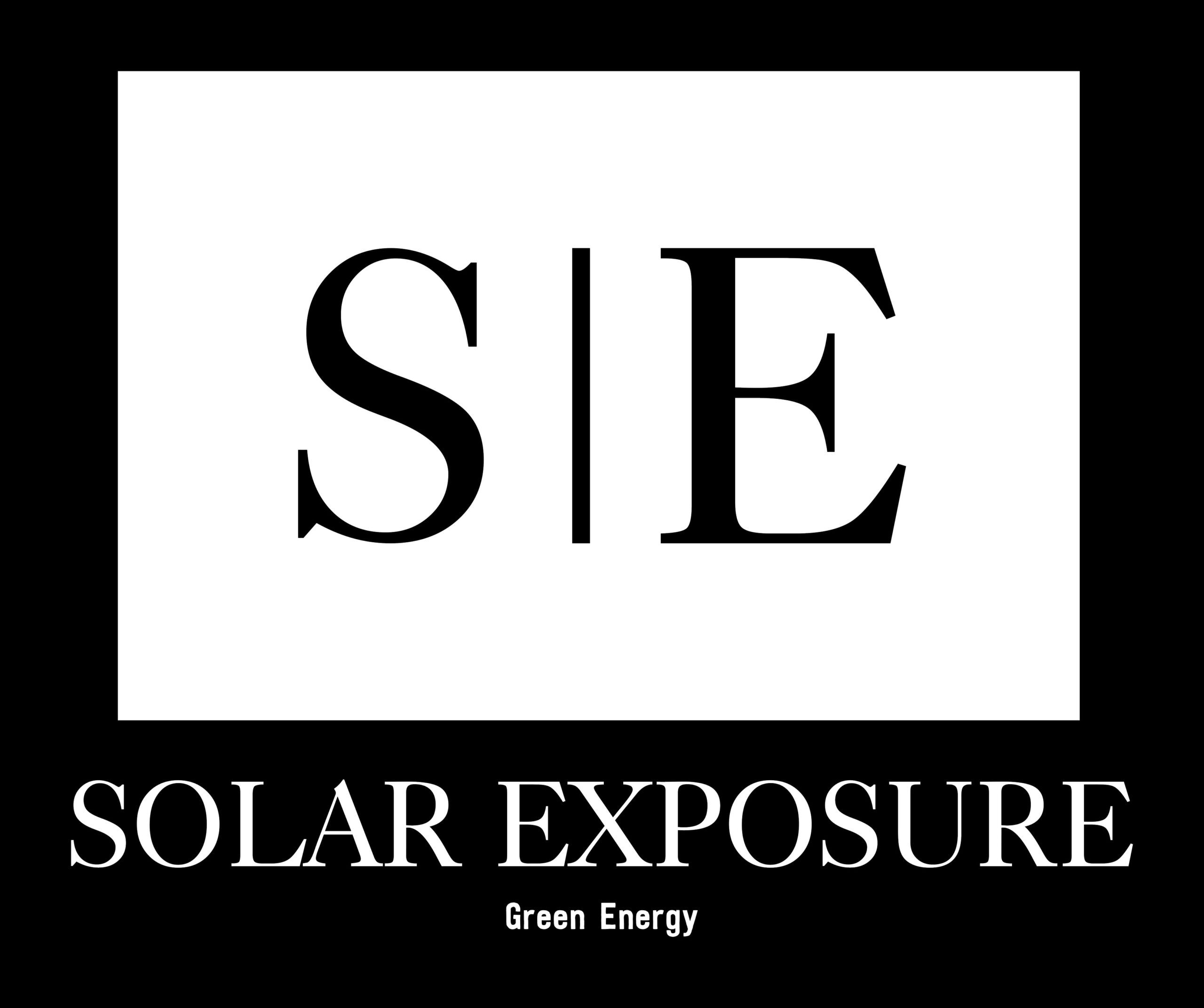How long do commercial solar panels last?
March 15, 2024Why are most commercial solar panels only 25 % efficient?
March 15, 2024As the demand for renewable energy continues to rise, the vast expanses of desert landscapes present ideal opportunities for large-scale solar power generation. Commercial solar panel installations in desert regions play a pivotal role in meeting energy needs while capitalizing on abundant sunlight. However, the unique challenges posed by desert environments necessitate specialized approaches to mounting solar panels. From innovative designs to strategic placement, understanding the intricacies of desert solar installations is essential for maximizing efficiency and sustainability.
Challenges and Considerations:
- Extreme Temperatures: Desert environments are characterized by scorching daytime temperatures and rapid temperature fluctuations between day and night. These extremes can affect the performance and longevity of solar panels, necessitating robust mounting solutions that can withstand thermal stress.
- Sand and Dust: Wind-blown sand and dust are omnipresent in desert regions, posing challenges for solar panel maintenance and efficiency. Accumulation of dust on panel surfaces can reduce sunlight absorption and hinder energy production, requiring regular cleaning and protective measures.
- Sandstorms and High Winds: Desert landscapes are susceptible to intense sandstorms and high winds, which can pose risks to solar panel structures if not properly secured. Mounting systems must be designed to withstand these forces and minimize the risk of damage or displacement.
- Terrain Variation: Desert terrain can vary significantly, from flat expanses to rugged landscapes with rocky outcrops and undulating dunes. Mounting systems must be adaptable to diverse terrain types, ensuring optimal alignment and stability for solar panels.
Mounting Solutions for Desert Solar Installations:
- Fixed-Tilt Racking Systems: Fixed-tilt racking systems are commonly used for commercial solar installations in desert environments. These systems consist of sturdy metal frames anchored to the ground at a fixed angle, typically optimized for maximum sunlight exposure throughout the year. Fixed-tilt systems are well-suited to desert landscapes due to their simplicity, durability, and resistance to high winds.
- Single-Axis Tracking Systems: Single-axis tracking systems allow solar panels to follow the sun’s path throughout the day, maximizing energy capture and efficiency. In desert regions where sunlight is abundant, single-axis trackers can significantly increase energy output compared to fixed-tilt systems. However, these systems require more complex mechanical components and maintenance, making them less common for large-scale desert installations.
- Ballasted Ground Mounts: Ballasted ground mounts utilize weighted foundations to secure solar panels to the ground without the need for penetrative anchoring. This mounting solution is well-suited to desert environments with rocky or sandy soil, where traditional anchoring methods may be impractical. Ballasted ground mounts offer flexibility in installation and are easily adjustable to accommodate terrain variations.
- Pole-Mounted Arrays: Pole-mounted solar arrays elevate panels above the ground on sturdy poles or support structures, minimizing the risk of sand and dust accumulation. This mounting solution is particularly effective in desert regions prone to sandstorms and drifting dust. Pole-mounted arrays can also provide shade and shelter for wildlife, promoting biodiversity in arid ecosystems.
Future Directions and Sustainability: As technology advances and the demand for renewable energy grows, the future of commercial solar panel installations in the desert holds promise for further innovation and sustainability. Emerging trends such as bifacial panels, floating solar arrays, and integrated energy storage systems offer opportunities to enhance efficiency and resilience in desert environments. Additionally, collaborative efforts between industry stakeholders, policymakers, and environmental advocates are essential for promoting responsible solar development and minimizing ecological impacts in desert ecosystems.
Conclusion: Commercial solar panel installations in the desert represent a beacon of hope in the transition towards a more sustainable energy future. By leveraging innovative mounting solutions, strategic design principles, and proactive maintenance practices, these solar projects harness the power of the sun to generate clean, renewable energy. As technology evolves and awareness of environmental considerations deepens, desert solar installations will continue to play a vital role in mitigating climate change and fostering economic development while respecting the delicate balance of desert ecosystems.

